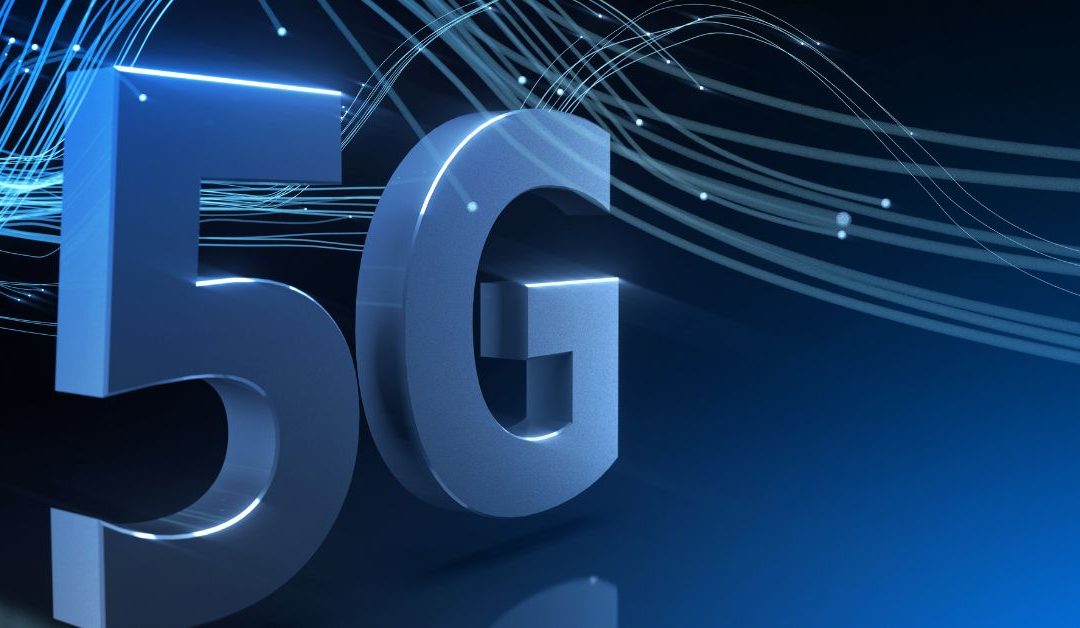The advent of 5G technology marks a significant milestone in the evolution of telecommunications, promising to revolutionize the way we connect and interact with the world. As the fifth generation of mobile networks, 5G brings unprecedented speed, reduced latency, and massive connectivity capabilities, paving the way for a new era of innovation across various industries. This article explores what 5G means for connectivity and its potential to drive technological advancements.
Understanding 5G Technology
5G is designed to deliver ultra-fast internet speeds, with peak data rates up to 10 Gbps, significantly faster than its predecessor, 4G LTE. The technology operates on a broader range of frequencies, including millimeter waves, which offer higher bandwidth but have a shorter range. This necessitates the deployment of more base stations and small cells to ensure comprehensive coverage.
One of the most significant advantages of 5G is its low latency, reducing the time it takes for data to travel from one point to another. With latency as low as 1 millisecond, 5G enables real-time communication and interaction, which is crucial for applications like autonomous vehicles, remote surgery, and augmented reality (AR).
Enhanced Connectivity
5G technology is set to transform connectivity in several ways:
- Faster Speeds: With download speeds up to 100 times faster than 4G, 5G allows for seamless streaming of high-definition videos, faster downloads, and more responsive online gaming. This enhances the user experience and supports data-intensive applications.
- Massive Device Connectivity: 5G can support up to one million devices per square kilometer, making it ideal for the Internet of Things (IoT). This capacity will enable the proliferation of smart cities, connected homes, and industrial IoT applications, where numerous sensors and devices communicate simultaneously.
- Reliable Communication: 5G networks are designed to be highly reliable, ensuring consistent connectivity even in densely populated areas. This reliability is essential for critical applications like emergency services and autonomous transportation systems.
Driving Innovation
The impact of 5G extends beyond improved connectivity; it serves as a catalyst for innovation across various sectors:
- Healthcare: 5G’s low latency and high reliability make remote surgery and telemedicine more feasible. Doctors can perform procedures from afar with minimal delay, and patients in remote areas can access quality healthcare services through teleconsultations.
- Autonomous Vehicles: For self-driving cars, real-time data transmission is crucial. 5G enables vehicles to communicate with each other and with infrastructure, improving safety and efficiency on the roads. This technology is a cornerstone for the development of smart transportation systems.
- Manufacturing: The integration of 5G in manufacturing facilitates the implementation of smart factories. With real-time monitoring and control of machinery, production processes become more efficient, and predictive maintenance can reduce downtime.
- Entertainment and Media: The media and entertainment industry will benefit from 5G through the delivery of high-quality, immersive experiences. Virtual reality (VR) and AR applications can be enhanced, providing users with interactive and engaging content.
- Education: 5G can transform education by enabling remote learning with high-quality video streaming and interactive experiences. Students in underserved areas can access educational resources and participate in virtual classrooms.
Challenges and Considerations
While 5G holds immense potential, there are challenges to its widespread adoption. The deployment of 5G infrastructure requires significant investment and coordination between governments, telecom companies, and regulatory bodies. Additionally, the higher frequencies used by 5G have shorter ranges and are more easily obstructed by physical barriers, necessitating a dense network of small cells.
Security and privacy concerns also need to be addressed. With more devices connected to the network, the risk of cyberattacks increases. Ensuring robust security measures and data protection protocols is essential to safeguard users and maintain trust in the technology.
Conclusion
The 5G revolution is poised to transform connectivity and drive innovation across multiple sectors. With its unparalleled speed, low latency, and massive connectivity capabilities, 5G will enable new applications and services that were previously unimaginable. As we continue to explore the possibilities of this groundbreaking technology, it is crucial to address the challenges and ensure that the benefits of 5G are accessible to all. The future of connectivity is here, and it promises to reshape the way we live, work, and interact with the world.


